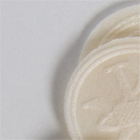
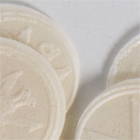
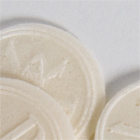
Unleavened bread for the Eucharist (communion wafer)
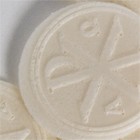
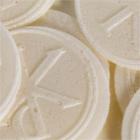
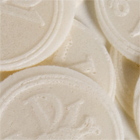
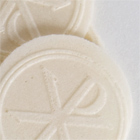
Eucharist and sin offerings
In Christian thought, Jesus offered himself on the Cross to expiate human sin. Celebration of the Eucharist with bread and wine denotes the believers' partaking of this offering of Jesus' flesh and blood. The gospels and theological interpretations draw connections to the Old Testament and Jewish sacrifice rituals.
The denominations differ in their interpretations of the Eucharist. The Catholic and Lutheran churches emphasize the "real presence" of Jesus in the substance of the wine and bread, while reformed (Calvinists) view it as a mere sign of remembrance.
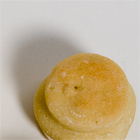
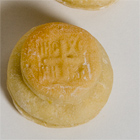
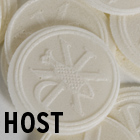
Leavened and unleavened bread for the Eucharist
The choice of using leavened or unleavened bread in the Eucharist ceremony was a major source of dispute between the Western and Eastern Churches and one of the causes of the historical schism between them in 1054 CE.
The Western Church argued that the Last Supper was a Passover meal, where leaven is forbidden, and hence the bread should be unleavened. The Eastern Church believed that the Last Supper took place a day earlier, when leavened bread would have been eaten. These distinctive practices continue today.
Leavened bread for the Eucharist (prosphora)

